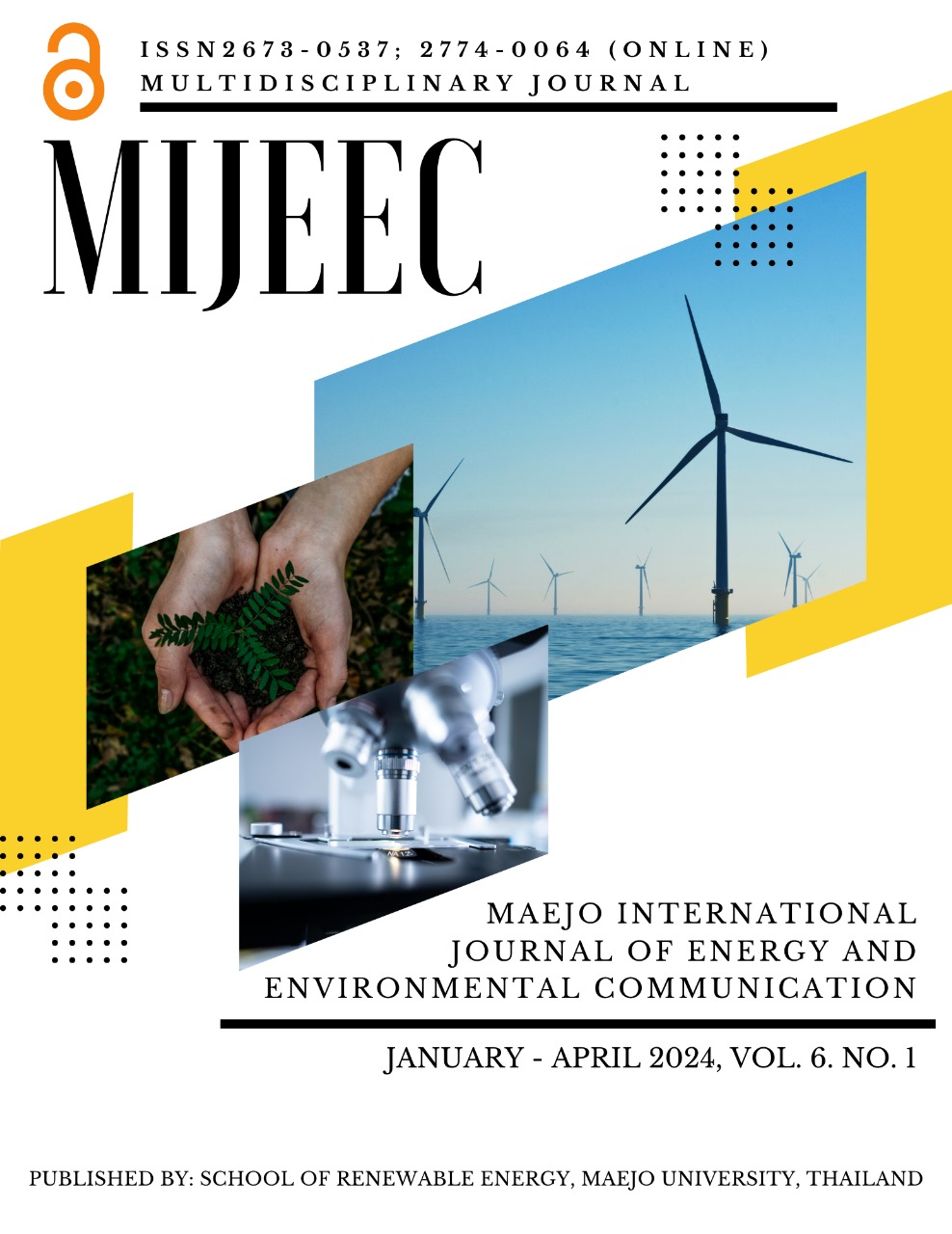Evaluation of carbohydrate sources in formulated feeds on growth performance, survival, and environmental sustainability of juvenile spotted babylon (Babylonia areolata) in a flow-through seawater system
##plugins.themes.bootstrap3.article.main##
摘要
Thailand is investigating the potential of utilizing spotted babylon (B. areolata) as a substitute protein source to tackle discarded fish feed's expensive and unreliable nature. This study assesses the cost-effectiveness and nutritional balance of diets over a period of 180 days. The diets include various carbohydrate sources, each making up 3% of the total diet. These sources are Gracilaria fisheri, Ulva reticulata, Ulva intestinalis, and Metroxylon sagu. 1,200 juveniles were fed the meals under controlled conditions to observe their growth, feed conversion ratios (FCR), and survival rates. The findings indicated that diets containing U. reticulata led to superior growth performance, with a feed conversion ratio (FCR) of 0.71±0.07, which was considerably better than the FCR of 1.48±0.07 observed in the control diet. G. fisheri demonstrated excellent performance, with a feed conversion ratio (FCR) of 0.93±0.03. Diets containing M. sagu and U. intestinalis exhibited lower efficiency. The diets were found to be highly suitable for juvenile spotted babylon, as shown by the high survival rates above 95% in all groups. The results emphasize the potential of using alternative carbohydrate sources like as U. reticulata and G. fisheri to improve growth and feed efficiency in aquaculture.
##plugins.themes.bootstrap3.article.details##
Copyright © 2019 MIJEEC - Maejo International Journal of Energy and Environmental Communication, All rights reserved. This is an open-access article distributed under the terms of the Creative Commons Attribution-NonCommercial- Attribution 4.0 International (CC BY 4.0) License






